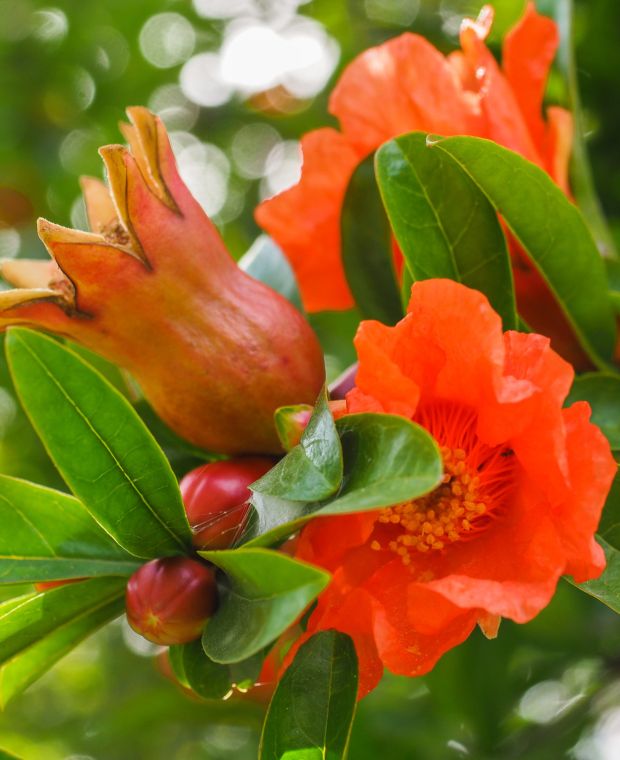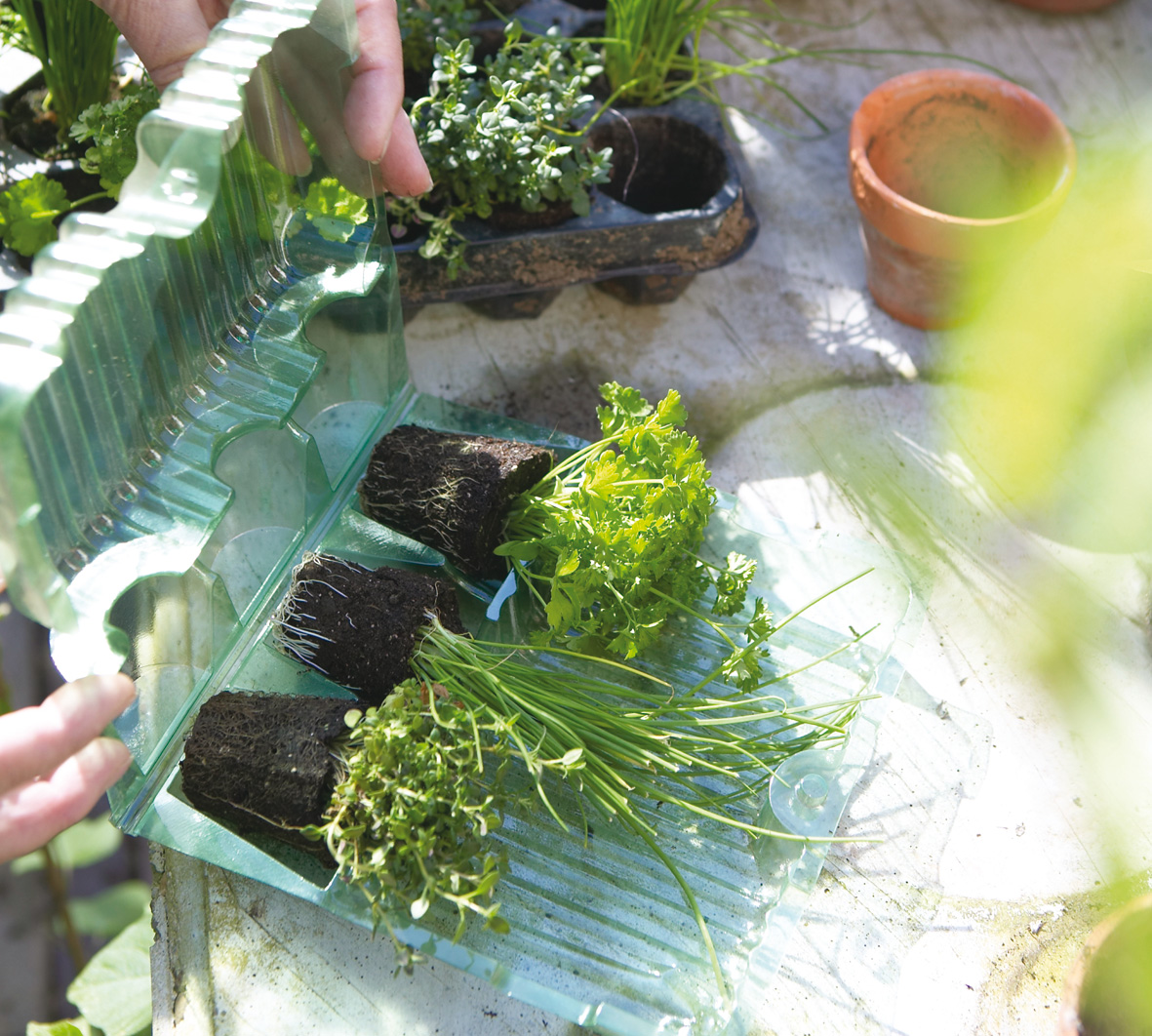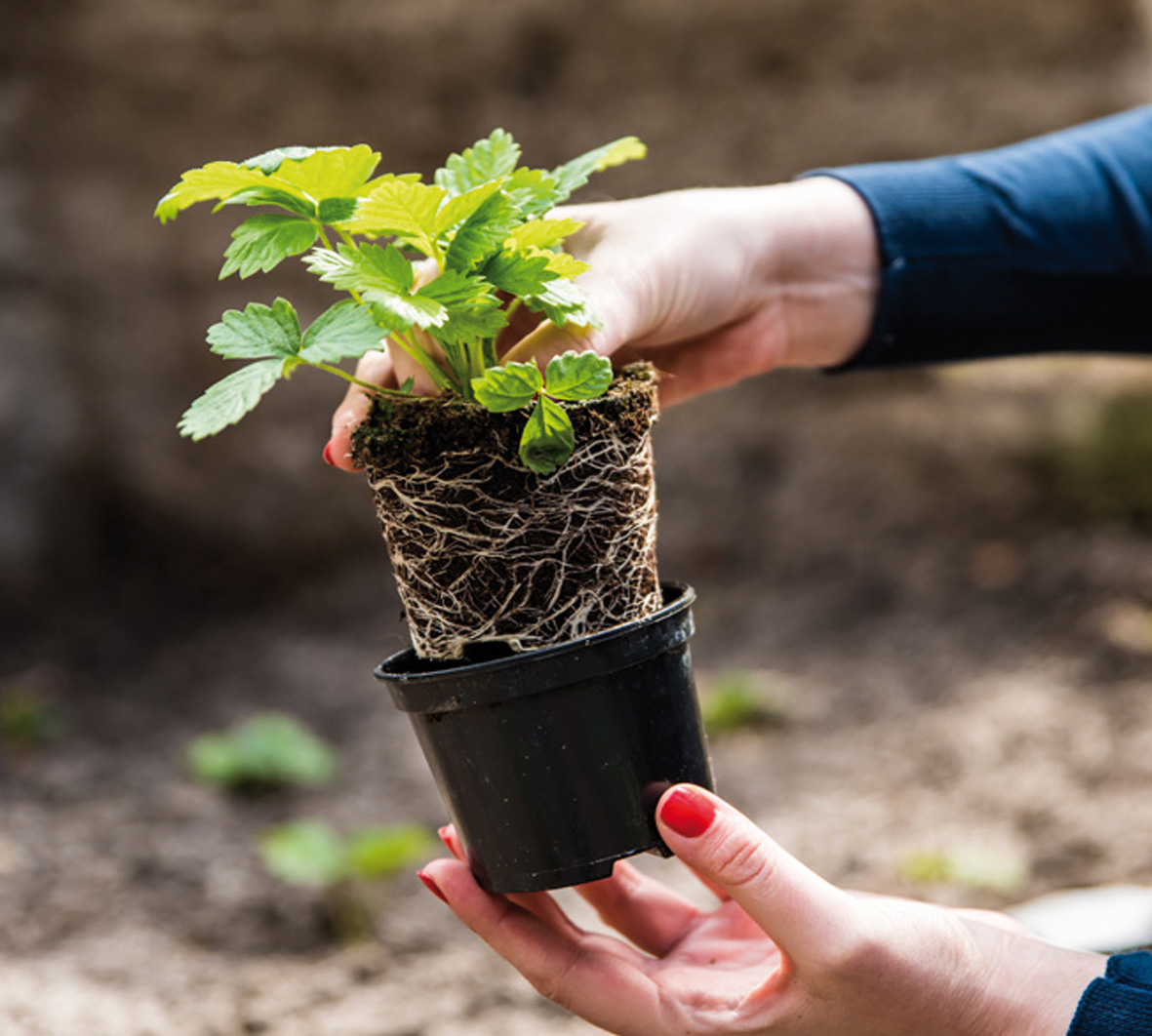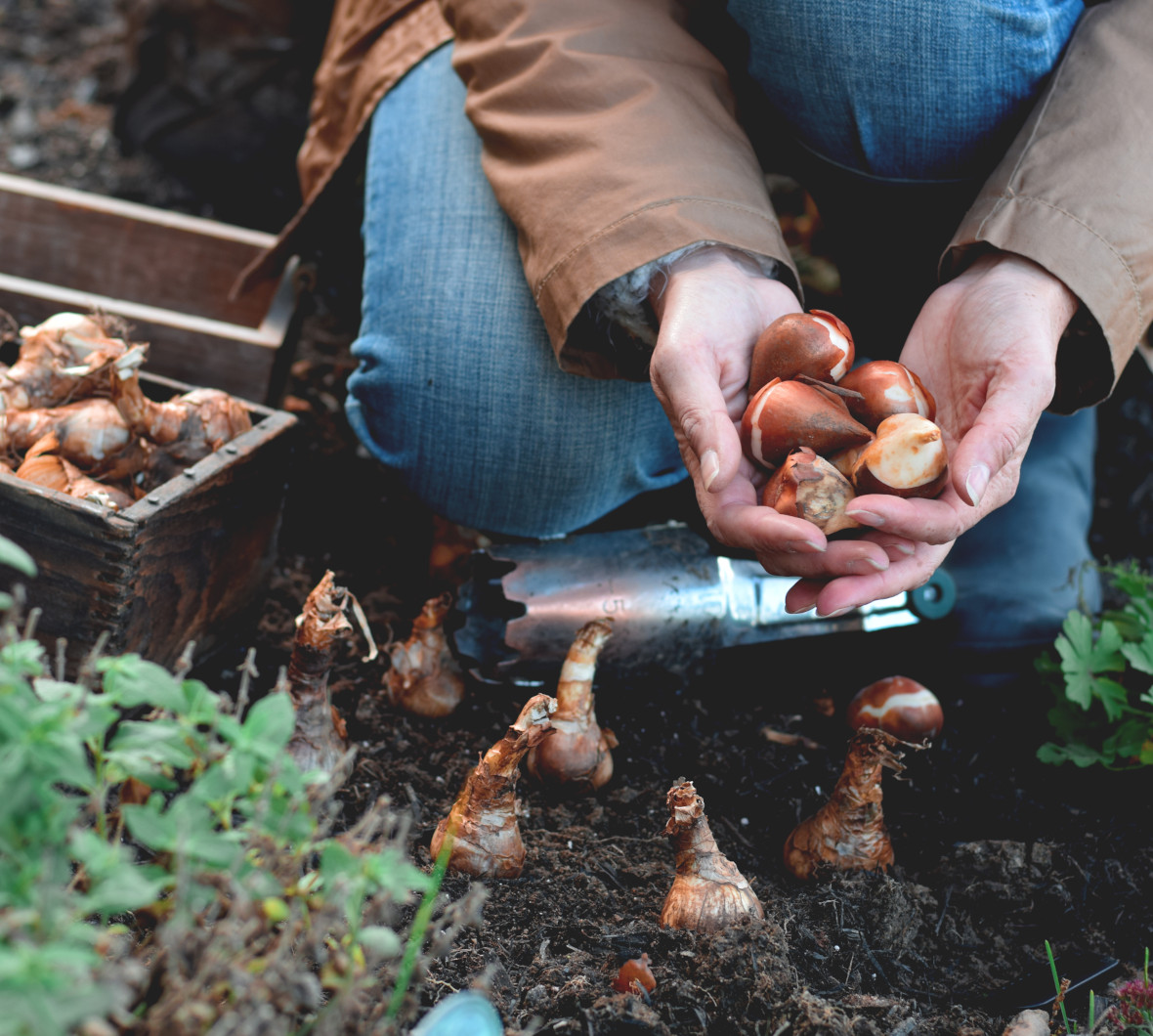A beautiful ornamental tree, Punica granatum is also grown for its popular, tasty fruits. In summer, eye-catching, bright, orange-red, funnel-shaped blooms nestle amongst the leathery green foliage, attracting pollinators to your garden. Round fruits follow, ripening by September. Brightly coloured with a thick rind, they are technically classified as berries and contain many seeds within their tasty red flesh.Self-fruitful, with the help of bees and other pollinators, which means you do not need another tree to cross-pollinate. Originating from the Mediterranean, the Pomegranate is known as the crown jewel of the fruit world, appearing in old myths and customs, both here and around the world, but also known today for its nutritional and therapeutic values.Punica granatum is a deciduous shrub which will reach a mature height and spread up to 2.5m. Being half-hardy with an RHS rating of H3, it would appreciate the shelter of a warm wall in well-drained soil. Happy in borders or large containers, it can be trained against a wall, however, the best fruits will be harvested when grown in a sunny position.
Flower and Foliage Months

Mar

Apr

May


Jun


Jul


Aug

Sep

Oct
 Foliage Month
Foliage Month
 Flowering Month
Flowering Month











